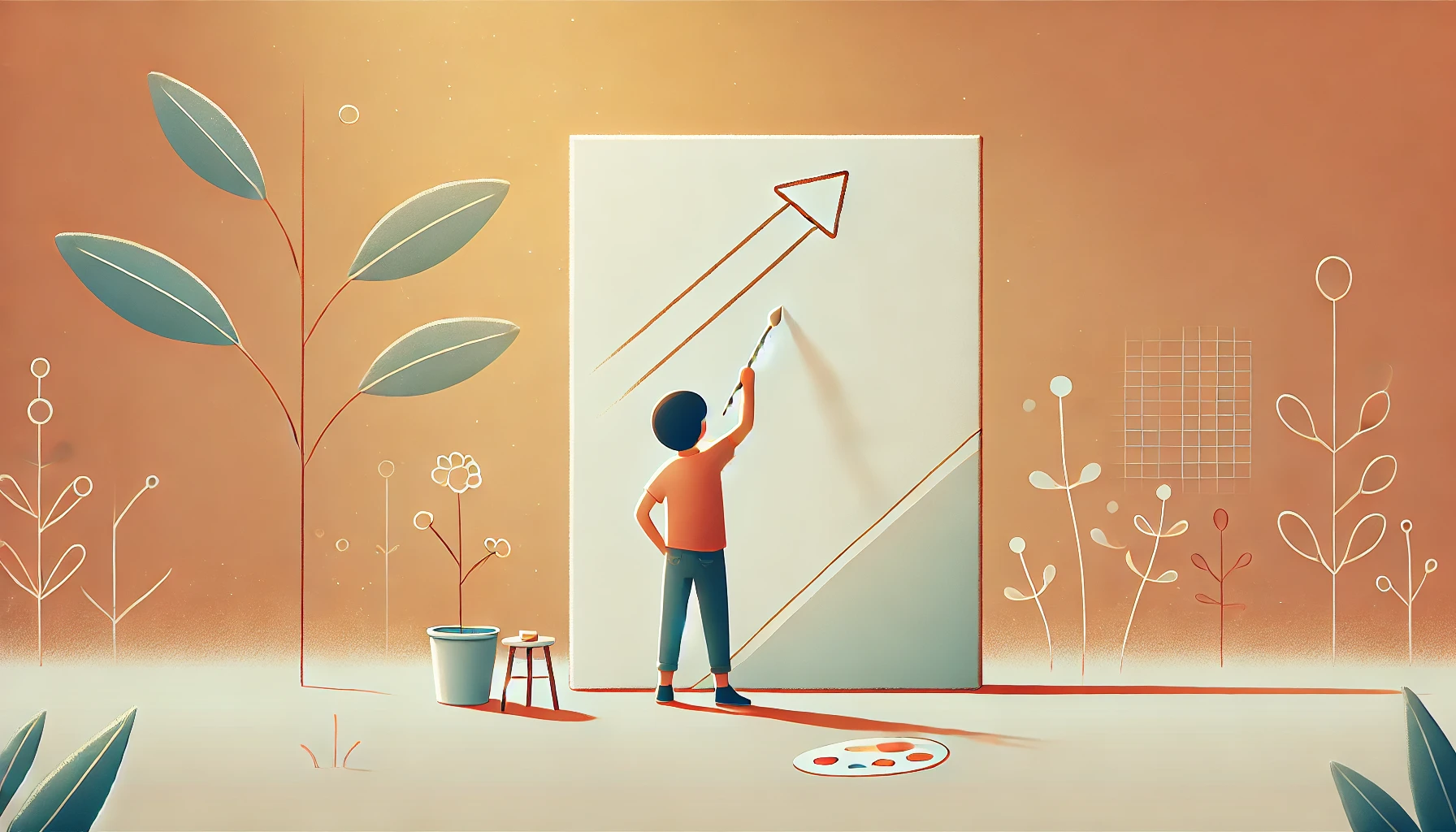How Art Builds Confidence and a Growth Mindset in Children

Book a Free Consultation Call
By: Team MorningSun Art
Published: March 6, 2025
Confidence isn’t something kids are born with—it’s built through experiences, challenges, and small victories over time. One of the most powerful (yet underrated) ways to develop confidence and a growth mindset in children is through art.
Unlike subjects where answers are either right or wrong, art teaches kids that progress comes from practice, patience, and persistence—core elements of a growth mindset. In fact, research from Dr. Carol Dweck, a Stanford psychologist, found that children who believe their abilities can improve through effort (a growth mindset) achieve more and handle setbacks better than those who think intelligence or talent is fixed.
So, how exactly does art help children build confidence and resilience?
1. Art Shows Kids That Skills Improve with Practice
When a child starts learning to draw, their first attempts may not match their expectations. But over time, with practice, they see real progress—shapes become more refined, shading improves, and their ideas come to life more clearly.
This hands-on proof that effort leads to improvement is a core lesson of the growth mindset. Instead of fearing failure, kids start to understand that their abilities grow with effort.
Example: A child struggling to draw faces might initially feel frustrated. But after following structured lessons (like those on our platform), they gradually master proportions, shading, and expressions. That transformation reinforces the belief: "If I work at this, I’ll get better."
2. Art Helps Kids Embrace Mistakes as Part of Learning
In academic subjects, making mistakes often feels negative. But in art, mistakes can be transformed into something unexpected and beautiful—a smudge can become a shadow, a stray line can evolve into a new idea.
This teaches kids that mistakes aren’t failures, but stepping stones to new discoveries. A study published in the Journal of Educational Psychology found that children who engaged in creative activities regularly were better at adapting to challenges and thinking flexibly.
Example: A young artist accidentally spills paint on their work. Instead of throwing it away, they learn to incorporate the spill into their design—turning an accident into innovation.
3. Completing Art Projects Builds a Sense of Accomplishment
Confidence grows when children see the results of their hard work. Unlike some school subjects where progress is intangible, art provides a visual record of improvement. Every finished piece is a milestone, reinforcing the idea: "I made this!"
Example: Kids who take structured lessons and create a portfolio of work feel a sense of ownership over their progress—boosting self-esteem and motivation to keep learning.
4. Art Encourages Risk-Taking and Originality
Confidence isn’t just about self-belief; it’s about having the courage to try new things. Because art has no strict right or wrong answers, children feel safe experimenting, taking risks, and thinking independently.
Example: A child who learns to trust their creative decisions in art will carry that confidence into other areas—whether it’s writing, problem-solving, or public speaking.
5. Art Helps Kids Express Themselves and Manage Emotions
Children don’t always have the words to express complex emotions, but they can draw, paint, or sculpt how they feel. Studies show that engaging in creative activities reduces stress and anxiety, helping children feel more in control of their emotions.
Example: A shy child who struggles with verbal expression may find confidence through their art—learning that their voice can be seen, even if not spoken.
Give Your Child the Confidence to Thrive
Confidence and a growth mindset aren’t built overnight, but through consistent experiences that reinforce effort, creativity, and self-expression. Art provides a safe, rewarding space where children can grow these critical skills—helping them not just in creative fields, but in life itself.
View Related Courses
Newsletter
Join our newsletter for art tips, blog updates, and exclusive content.